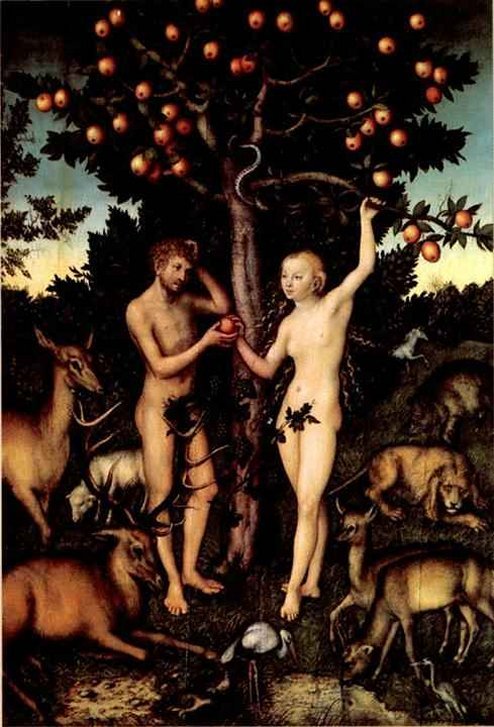
The beginning of school rolls around every year and stirs up thoughts of a new classroom that probably contains a lot of qualities similar to the classroom from last year. Close your eyes and tell me you don’t see visions of inspirational posters, name tags shaped like #2 pencils or a desk placed at the head of the room, using the blackboard as a backdrop and a red apple in the left-hand corner.
“Okay, booboo. It’s time to go. Have you got everything? You do.
Okay, here’s an apple. Give it to
Miss Haney.”
“Why does Miss Haney need an
apple?”
“She doesn’t need an apple, it’s
just what you do for a teacher. Here.”
“What?”
“Never mind, just give Miss Haney
this apple and have a good first day. I
love you!”
Above
is an actual conversation that I had with my mother before going to my first
day of Kindergarten. (Yes, my mother called me “Booboo” and still does, even
though I’m 21 and no longer live in the same house, town or zip code as her.)
This exchange has always stuck with me because I remember how crazy I thought
my mother was being. She was telling me
to give my teacher an apple. Why? Couldn’t she buy her own stupid apple? Everyone was going to think that I was weird
(and they did) because who just hands a total stranger a piece of fruit?
As
I got older, I realized that it was a traditional, though somewhat old-school,
practice to give teachers red apples.
I’m sure that everyone has questioned the practice but just accepted it
because..well, because it’s tradition. So
why do we do it? What is the point of
awkwardly handing your teacher a red apple at the beginning of a school
day? Apparently, there are a couple
reasons.
Long
before education was publicly funded, some families were able to pull together
enough money to afford private schooling, a tutor or could send the children
into apprenticeships. In countries like
Denmark or Sweden, families were commonly able to work out a bartering
arrangement with the teachers and would send children to school with potatoes
and apples for the teacher.
 After
the U.S. required that education be funded by the government, there were still
some small, spread out towns that were left to look after their teachers. Teachers were given a place to live, food,
and places to hold classes. Since these were usually smaller towns inhabited by
farmers and frontier families, there wasn’t a lot of money that could be
paid. Again, the practice of bringing
food, such as fruits, to the teachers was not uncommon. During this time period, apples were known
more for their bitter taste rather than the sweetness we recognize today. That being said, apples were often used to
make hard ciders, which were more often consumed than water. People at this time lacked the sanitation
methods that we rely on today, making water unsafe to drink. How did people stay hydrated, then? Hard apple cider, of course!
After
the U.S. required that education be funded by the government, there were still
some small, spread out towns that were left to look after their teachers. Teachers were given a place to live, food,
and places to hold classes. Since these were usually smaller towns inhabited by
farmers and frontier families, there wasn’t a lot of money that could be
paid. Again, the practice of bringing
food, such as fruits, to the teachers was not uncommon. During this time period, apples were known
more for their bitter taste rather than the sweetness we recognize today. That being said, apples were often used to
make hard ciders, which were more often consumed than water. People at this time lacked the sanitation
methods that we rely on today, making water unsafe to drink. How did people stay hydrated, then? Hard apple cider, of course!
Taking
a less practical stance, apples have always been associated with knowledge and
good moral standing. This is often
because of the “Tree of Knowledge” from the story of Adam & Eve in the
Bible. The tree in the story is often
thought to be an apple tree. This is
thanks to Aquila Ponticus, a Hebrew-to-Greek translator who mistakenly referred
to the tree as an apple tree, though it was never stated specifically in the
Old Testament. He probably chose an
apple tree because Greek mythology sees apples as symbols of desire and
destruction.
Who
would’ve thought that apples could have such a rich history? Whether the tradition stems from the
practical bartering system from so long ago, or because teachers enrich their
pupils from the Tree of Knowledge (mistake or not), I hope that I walk into my
classroom one morning to find a red apple on the left-hand corner of my
desk. Tradition, you know?
Works Cited
Binkovitz, L. (2012, September 5). Why Do Students Give Teachers Apples And More From The Fruit's Juicy Past. Retrieved October 23, 2015, from http://www.smithsonianmag.com/arts-culture/why-do-students-give-teachers-apples-and-more-from-the-fruits-juicy-past-26381703/?no-ist
StonStone, S. (2014, July 22). Why Are Teachers Associated With And Traditionally Given Apples. Retrieved October 23, 2015, from http://www.todayifoundout.com/index.php/2014/07/teachers-associated-traditionally-given-apples/e, S. (2014, July 22). Why Are Teachers Associated With And Traditionally Given


No comments:
Post a Comment